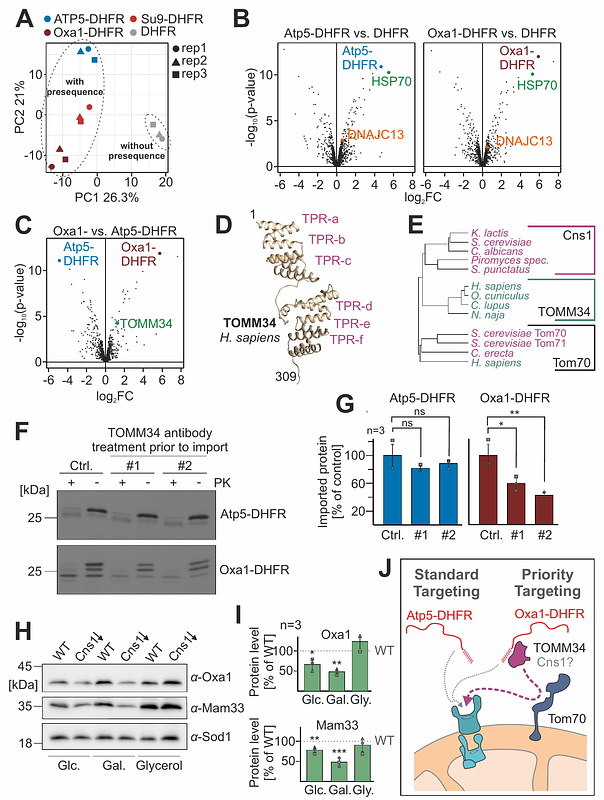A priority code in presequences: mitochondrial targeting signals assign specific import characteristics to precursor proteins

A priority code in presequences: mitochondrial targeting signals assign specific import characteristics to precursor proteins
Roedl, S.; Hoffman, Y.; Jung, F.; Nutz, A.; Egeler, A.; Raeschle, M.; Storchova, Z.; Muehlhaus, T.; Herrmann, J. M.
AbstractThe biogenesis of mitochondria relies on the import of hundreds of different precursor proteins from the cytosol. Most of these proteins are synthesized with N-terminal presequences which serve as mitochondrial targeting signals. Presequences consistently form amphipathic helices, but they considerably differ in respect to their primary structure and length. Here we show that presequences can be classified into seven different groups based on their specific features. Using a test set of different presequences, we observed that group A presequences endow precursor proteins with improved in vitro import characteristics. We developed IQ-Compete (for Import and de-Quenching Competition assay), a novel assay based on fluorescence de-quenching, to monitor the import efficiencies of mitochondrial precursors in vivo. With this assay, we confirmed the increased import competence of group A presequences. Using mass spectrometry, we found that the presequence of the group A protein Oxa1 specifically recruits the tetratricopeptide repeat (TPR) containing protein TOMM34 to the cytosolic precursor protein. TOMM34 apparently serves as a presequence-specific targeting factor which increases the import efficiency of a specific subset of mitochondrial precursor proteins. Our results suggest that presequences contain a protein-specific priority code that encrypts the targeting mechanism of individual mitochondrial precursor proteins.


